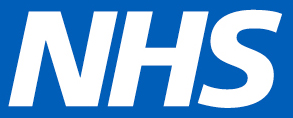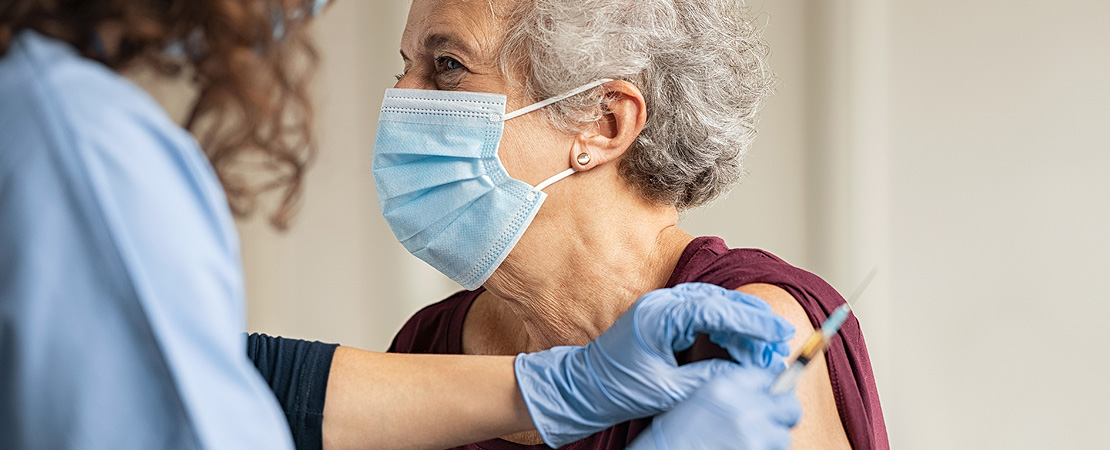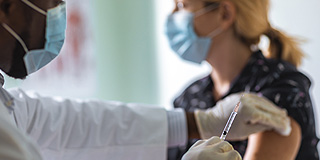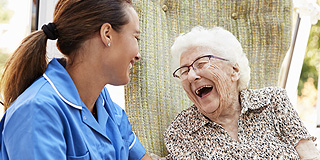Looking for the most efficient and effective ways to tackle winter challenges we’ll try lots of different things. From different ways of keeping warm to different ways to communicate about our winter vaccination boosters, David Ibbotson, Director of Public Health Services, shares his thoughts on the innovations and novel approaches he’s seen.
Whether it's a conversation with friends, family or work colleagues, or simply listening to the news, we seem to gravitate to the topic of how each of us is keeping warm this winter given the high energy costs and recent cold weather snap.
It genuinely interests me to see how each of us is working out the most efficient and cost-effective way to do this, given our own unique individual circumstances. Whether this is blankets (some heated), lowering the thermostat, or wearing extra layers of clothing… and actually I inadvertently came across another solution yesterday - I found that my Christmas jumper is much thicker than the rest of my wardrobe, which kept me nice and toastie on Christmas Jumper day. Because of that, I'm sure I'll be wearing it more often throughout December!
How does this relate to our national invite and reminder service that contacts all eligible citizens to book and receive vaccination for COVID-19, Flu and MMR?
…if we rewind two years, on 8 December 2020, there was the landmark moment when the first NHS patient received a COVID-19 vaccination. Then a few weeks following that in early January 2021 we started to send out the first national invites to eligible citizens. The scale of such a system and service had never been done before, especially within such a short mobilisation period.
Initially, all invites and reminders were letters. Typically a double-sided A4 page, coupled with inserts all contained within an envelope and postage via Royal Mail. Letters were, and still are, highly effective but expensive when compared to digital alternatives. We then introduced SMS, which was shortly followed by email. All of which required careful handling procedures being developed, necessary security measures being introduced and also enhancements to content management (an SMS has limited character limits when compared to A4 letters and emails!)
So that was three different communication channels for reaching out to the population in the most cost-effective and efficient way. And I'm now delighted to announce that we’ve just added the NHS App communication channel and preferred contact service to the overall end-to-end service. It's been a huge collaborative effort working with the national vaccination programme, NHS England and NHS Digital. Kudos to our IMS Systems and Data team, with multi-disciplinary team support from our Digital, Data and Technology directorate.
The diagram below shows how this new high-level process works, which is to make use of the most efficient (least cost and quickest route) channel first. If the individual doesn't use the NHS App or doesn't read the message then an SMS and email are sent. If there's a failed/invalid telephone number or email, we then follow up with a letter. The system takes into consideration 'opt-outs' for those individuals not wanting to receive a contact. It also learns from previous failures e.g if invalid telephone number, then we don't try again unless it's been updated from the GP record. And if a letter is returned through the postal system, our system takes note of that and doesn't send it again. And finally and most importantly from an inequalities perspective, the service now applies preferred contact preferences set at the GP record, sending braille, audio and preferred language.
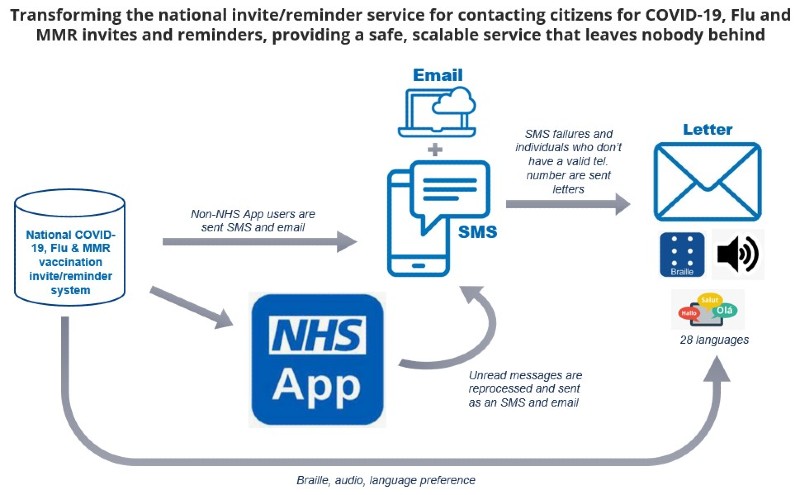
It really is a truly innovative, bespoke and intelligent service that meets the needs of the vaccination programme, taking into account our individual needs as citizens in the cheapest and most effective way possible.
Now, where can I get another Christmas jumper from…


